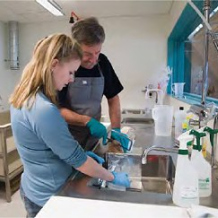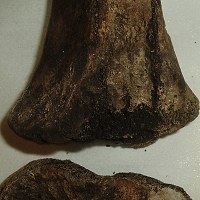Limeys: A combined approach to detect sub-clinical scurvy in the Archaeological Record
Description
Descriptions of the horrors of scurvy abound in the historical literature. Hippocrates, wrote that individuals with scurvy “have foetid breath, lax gums, and h[e]mmorrhage from the nose.” Crusaders suffered terribly, a siege combined with a restricted Lent diet led to widespread scurvy, “the barber surgeons were forced to cut away the dead flesh from the gums to enable the people to masticate their food.”
We get scurvy because we can’t make vitamin C and must get it from our diet. It is suggested that late springs, coupled with low levels of vitamin C in stored grain would have led to widespread sub-clinical scurvy.

However sub-clinical cases, by definition, did not leave the clear signs left by acute cases, such as tooth loss. The underlying cause of scurvy is that vitamin C is necessary to complete the formation of collagen, the main structural protein of tissues and bone.
The project plans to explore a range of methods to detect in ancient bones molecular changes caused by a lack of vitamin C in the diet.
Photo: George Maat prepares bone samples at the University Centre in Svalbard; image courtesy of the Svalbardposten.

